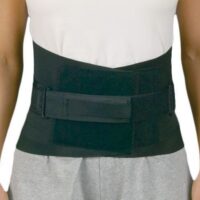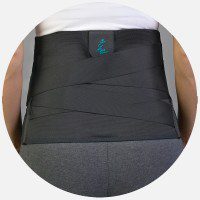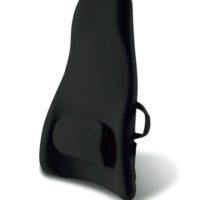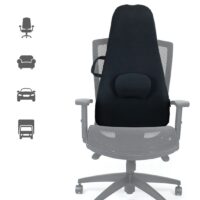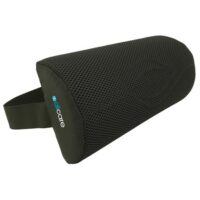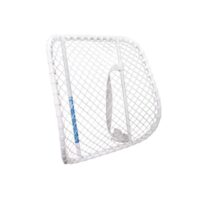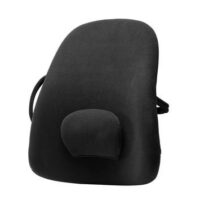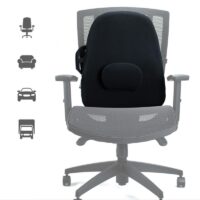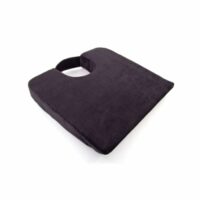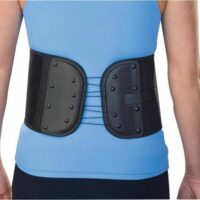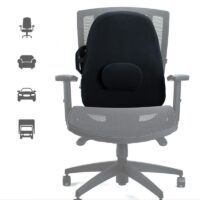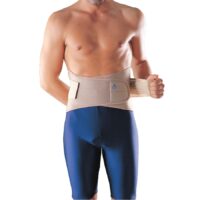Severe Back Pain?
Severe Back Pain: Causes, Symptoms, and Treatment
Back pain affects many Australians at some point in their lives. It can range from mild discomfort to severe pain that significantly impacts daily activities. Knowing the causes and symptoms of severe back pain is crucial for timely and effective treatment. This article explores the various aspects of severe back pain from a physiotherapist’s viewpoint. We will discuss the latest research and provide practical advice for those suffering from this common ailment.
What Causes Severe Low Back Pain?
Acute low back pain often stems from sudden injuries, primarily affecting the muscles and ligaments supporting the back. Causes include disc injuries, muscle spasms, strains, or tears. However, sometimes the underlying issue is more complex, and it’s essential to recognise these instances.

Recognising Serious Back Injuries
Severe back pain can sometimes signal a serious injury or condition. Urgent attention is required if you experience neurological symptoms such as:
- Pins and needles (paraesthesia)
- Numbness (anaesthesia)
- Weakness in leg muscles
- Altered reflexes
- Difficulty walking
- Loss of bladder or bowel control
These symptoms can indicate a significant problem requiring immediate medical consultation.
Non-Musculoskeletal Causes of Back Pain
While muscle and ligament issues commonly cause low back pain, various health conditions can also be culprits, including:
- Abdominal aortic aneurysm
- Spinal infections (osteomyelitis, discitis)
- Kidney infections or stones
- Spondyloarthropathies like rheumatoid arthritis
- Gynaecological issues, such as complications in pregnancy, ovarian conditions, and endometriosis
The Latest Research in Back Pain
Recent studies highlight the importance of early intervention in managing back pain. A holistic approach, combining physiotherapy with lifestyle modifications, shows promising results in pain management and recovery. Advances in physiotherapy techniques, such as targeted exercises and manual therapies, play a critical role in treating severe back pain. Research supports that early physiotherapy intervention can prevent the progression of acute pain to chronic pain, improving overall outcomes .
What is the Best Way to Treat Back Pain?
When to Seek Professional Advice
It’s crucial to consult a healthcare professional, like a physiotherapist or doctor, for a proper diagnosis and treatment plan if you experience severe back pain. Physiotherapists assess musculoskeletal issues and can develop a customised treatment plan to address your specific needs.
Back Pain Management Strategies
Effective management of back pain involves a combination of physiotherapy, exercises, and, if necessary, medical interventions. Physiotherapists may recommend:
- Tailored exercise programs to strengthen back muscles
- Manual therapy techniques
- Pain management strategies, heat or cold therapy
- Dry needling or acupuncture
- Back massage
- Postural advice
- Ergonomic assessments
What to Do?
If you’re experiencing severe back pain, it’s important to take the following steps:
- Avoid activities that worsen your pain.
- Apply heat or cold packs for temporary relief.
- Consult a physiotherapist or doctor for a professional assessment and treatment plan.
- Follow a tailored exercise regimen as advised by your physiotherapist.
- Monitor your symptoms and seek urgent medical help if you experience any neurological signs.
Conclusion
Severe back pain can be a debilitating condition, but with the right knowledge and professional guidance, it is manageable. Understanding the causes, recognising warning signs, and seeking timely treatment from a physiotherapist can significantly improve your quality of life. Early intervention is key to effective management and recovery from severe back pain.
Further Reading and Resources
For more detailed information on back pain causes, symptoms, and management, visit our Back Pain section, a comprehensive resource with a wealth of information provided by experienced physiotherapists.





